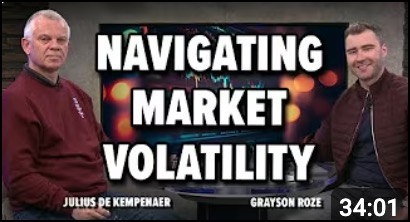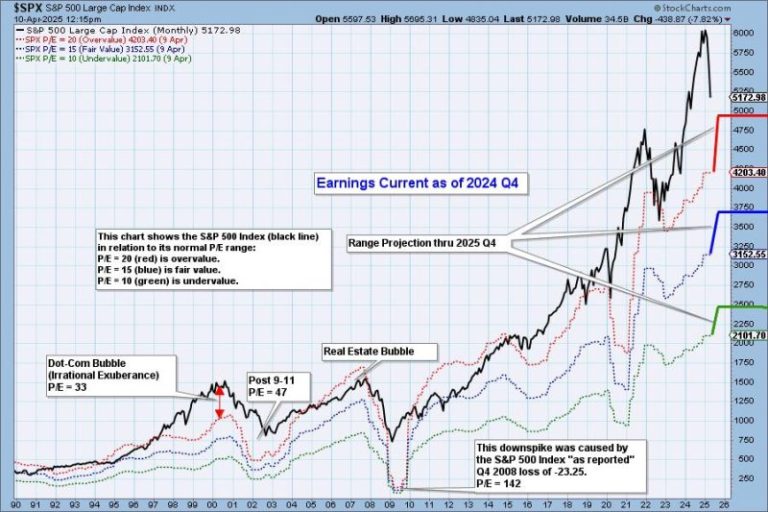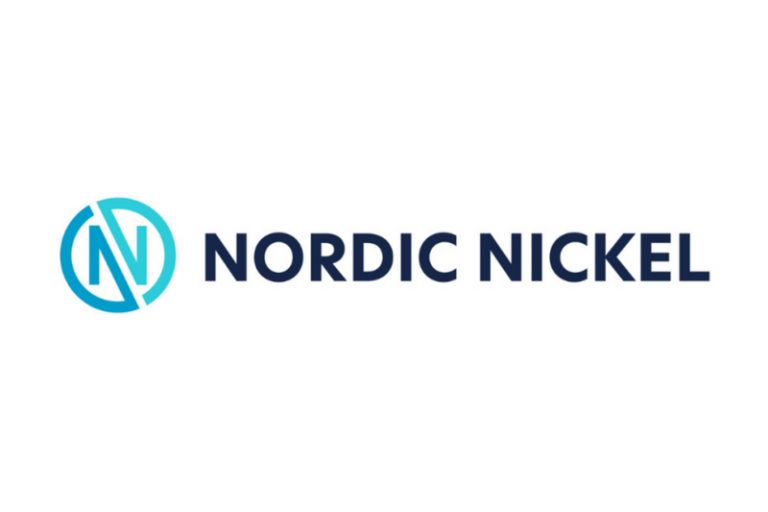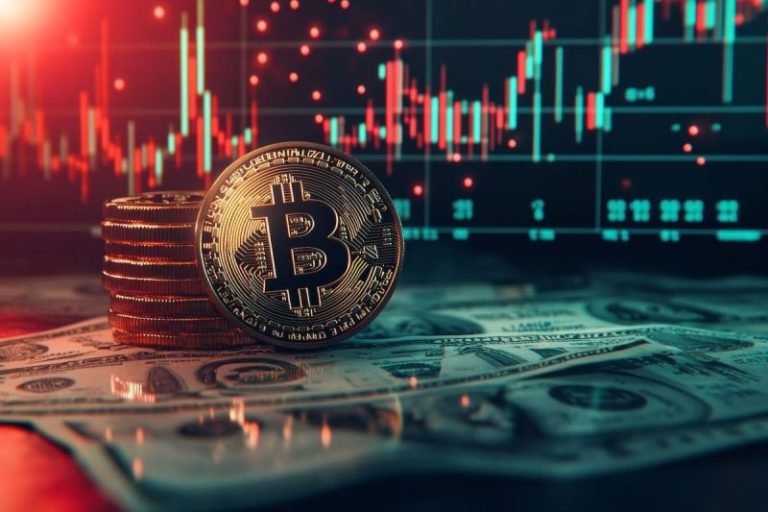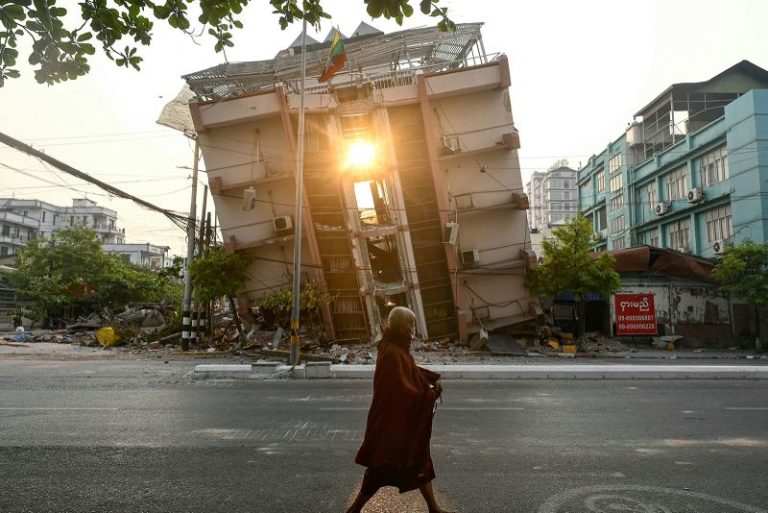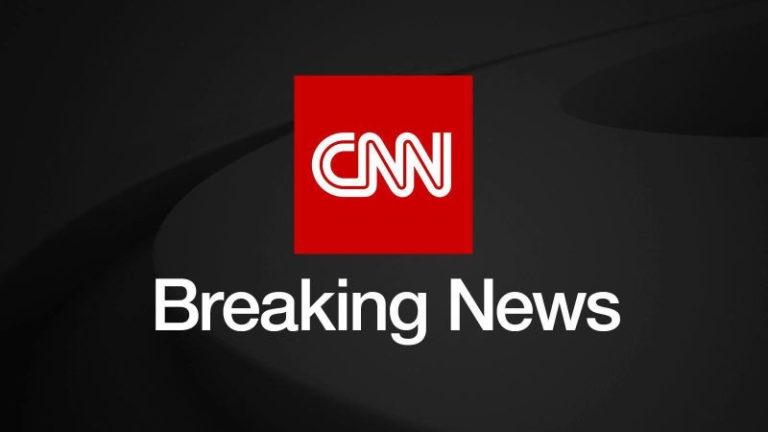As civil war-torn Myanmar struggles to recover from a devastating earthquake, the United States is facing criticism that it has abandoned the country in its hour of need – and is ceding global leadership on disaster response to its rivals.
The 7.7-magnitude quake, which struck on March 28 and killed thousands, is the first major natural disaster since the Trump administration canceled billions of dollars in lifesaving programs under its drive to dismantle the US Agency for International Development (USAID), the main US humanitarian aid agency.
USAID used to administer most of America’s foreign aid – 61% of the $71 billion total budget in 2023. But since taking office in January, the Trump administration has laid off thousands of its employees, and cut 83% of USAID programs – including staff and programs working to help Myanmar. On Wednesday, they also announced that all foreign staff would be laid off.
Those cuts have been felt in the meager US response to the Myanmar quake, according to experts, exposing a void in international relief measures for major catastrophes.
“Not only did the United States only send a paltry amount of assistance, it sent only three workers, which then subsequently were fired while they were on the ground in Myanmar providing assistance.”
At least 3,550 people died and nearly 5,000 others were injured when the earthquake hit the impoverished Southeast Asian nation – which has already endured years of civil war since a military coup in 2021, leaving nearly 20 million people in need of aid.
The military government does not control all of the resource-rich country, as it battles a patchwork of powerful ethnic militias and pro-democracy groups.
“The needs are massive right now,” said Matthew Smith, CEO of human rights organization Fortify Rights, based in neighboring Thailand. “And unfortunately, the aid effort is not as robust as it could or should be.”
Two days after the quake, the US pledged $2 million in assistance to Myanmar – later increased to a total of $9 million – for emergency shelter, food, medical care and water, according to a post on X from State Department spokesperson Tammy Bruce.
But Smith says that with minimal staffing on the ground, it is unclear how that money would be channeled.
“There’s nobody to administer that aid, there (are) no aid workers on the ground, there’s no deployment happening,” Smith said. “To so drastically cut it the way that they have was reckless and irresponsible.”
Secretary of State Marco Rubio defended the American response in Brussels last week. The US is “not the government of the world,” he said, adding that although Washington would continue to provide some humanitarian assistance, others should do more.
“There are a lot of other countries in the world and everyone should pitch in,” Rubio said. “I don’t think it’s fair to assume that the United States needs to continue to share the burden (of) 60-70% of humanitarian aid around the world.”
Comparisons have been made to the 7.8-magnitude earthquake that struck Turkey and Syria in February 2023, when the US deployed hundreds of relief workers and pledged $185 million in assistance.
“In the past, the US government has certainly been one of the most effective response teams to mass-scale natural disasters,” Smith said.
Multiple countries are filling the gap left by Washington’s limited earthquake response, including China, Russia and India – which have sent aid, rescue teams and mobile medical units to Myanmar.
Tom Fletcher, the United Nations’ humanitarian affairs chief – who spent several days visiting the areas worst affected by the quake – said the world “can’t be reliant on US support alone.”
This year’s humanitarian appeal from the UN’s Office for the Coordination of Humanitarian Affairs (OCHA) has only been 7% funded – which will hamper relief efforts around the world, he added.
“I’ve been in touch with China, with Russia, other countries that are moving aid in to try to ensure that we get as much global support as possible,” Fletcher said.
Beyond the humanitarian impact of the US retreat on assistance, ex-USAID official Bencosme said ceding this ground to adversaries such as Beijing and Moscow is a “strategic mistake” from a soft power perspective.
“Other actors will fill in that leadership void, which makes it difficult for the US to leverage international assistance or international help in the future,” Bencosme said.
Smith, of Fortify Rights, said some of the countries providing help to Myanmar are also facilitating the military’s attacks on rebel-held areas, which have continued since the disaster.
“It’s deeply troubling, ironic sadly, in some ways that the same countries that are providing the Myanmar military junta with weapons that the junta is using to kill civilians, those are the same countries now arriving into Myanmar to help with the aid effort,” he said.
For the homeless residents of Mandalay’s Sein Pan district, in the epicenter of the earthquake zone, aid can’t come fast enough.
The informal settlement of wooden shacks was built on a landfill dump, and the tremors ignited a huge fire which spread rapidly, residents said.
“The fireball emerged from the ground immediately after the earthquake,” said resident Kyi Thein, as she stood on the charred remains of her home. “The fire spread out across the district and wiped out all 400 houses. Everybody ran away and now nothing remains.”
“I hope the government authorities will provide aid to us,” Kyi Thein said. “We are now depending on private donors for a living, but we need support.”
Another Sein Pan resident, who did not wish to share her name for security reasons, said the flames were so intense that they were unable to save any possessions.
“The entire neighborhood was reduced to ashes,” she said. “I’m relieved to have survived. I just want my home back.”
In the quake’s aftermath, junta leader Gen. Min Aung Hlaing made a rare request for international aid. But the UN human rights office says the military has also been using its routine strategy of blocking and controlling access to aid and humanitarian workers.
Two weeks after the disaster struck, workers in the impacted areas are no longer looking for survivors – they have now switched to a recovery and aid operation.
But the challenges of doing so without the support they need are growing.
“We need to use proper machines to recover bodies under the collapsed buildings,” said 41-year-old Ei Mon Khine, an official from a social assistance association who was working on the scene. “When the rescuers do not arrive in time, the dead bodies become spoiled and deformed,” making it harder to recover the remains, she said.
People who have lost their homes are also dealing with temperatures of more than 100 degrees Fahrenheit (38 degrees Celsius), along with thunderstorms that rolled through last weekend.
“There was heavy wind and rain, and you have people living in tents outside on the street, so it made an already difficult situation even worse,” said Sara Netzer, Myanmar country director for the UN Office for Project Services (UNOPS), based in Yangon.
“We need to ensure that we are already thinking about how we can build some temporary shelter for people, and that will also help prevent this spread of disease as well.”
Many quake-hit communities in Mandalay and the neighboring Sagaing region were already hosting those displaced by the civil war, she added, showing the “resiliency” of Myanmar, but increasing the need for help before more heavy rains arrive.
“I think it’s illustrative of the kind of race against time that we have right now, before the monsoon season starts here in Myanmar,” Netzer said.
This post appeared first on cnn.com

